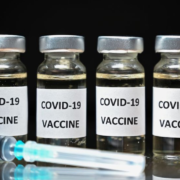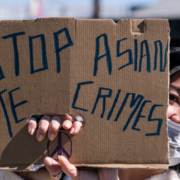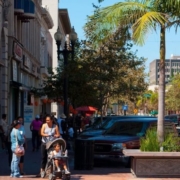Vulnerability Indicators and At-Risk Smaller Populations in California and Los Angeles: American Indians, Pacific Islanders, and Select Asian Ethnic Groups
Place-based vulnerability indices are valuable analytical tools that policy makers could use to prioritize the most-at-risk neighborhoods for interventions, including the distribution of COVID-19 vaccines. The indicators, nonetheless, may not be appropriate for many at-risk populations, particularly smaller groups that tend to be less geographically concentrated.
To better understand the limitations of four vulnerability indicators, out new brief assesses their relative ability to include American Indians, Pacific Islanders and select Asian American ethnic subgroups (Cambodians, Filipinos and Koreans). These groups have factors that potentially place them at greater risk from the pandemic because of their jobs, low socioeconomic status and poor living conditions. Despite these heightened risks, many members of these groups do not reside in neighborhoods designated as being highly vulnerable places by the indicators. The indicators perform relatively better for American Indians and Cambodians.
“It would be great to pinpoint for state and local policymakers where the pandemic relief and assistance should go to help these vulnerable populations,” said Paul Ong, director of the UCLA Center for Neighborhood Knowledge (CNK) and co-lead author of the study. ”Unfortunately, it’s not that easy, because some groups are a hidden diaspora and not tied to a geographic place.” The authors call for greater data disaggregation and the development of new analytical tools that are more appropriate for smaller racial and ethnic populations.
The research was jointly supported by CNK, UCLA Center for Health Policy Research, and Ong & Associates, and was built on earlier efforts co-sponsored by UCLA BRITE Center for Science, Research and Policy.
Access the full report here >>> Vulnerability Indicators and At-Risk Smaller Populations in California and Los Angeles: American Indians, Pacific Islanders, and Select Asian Ethnic Groups












Leave a Reply
Want to join the discussion?Feel free to contribute!